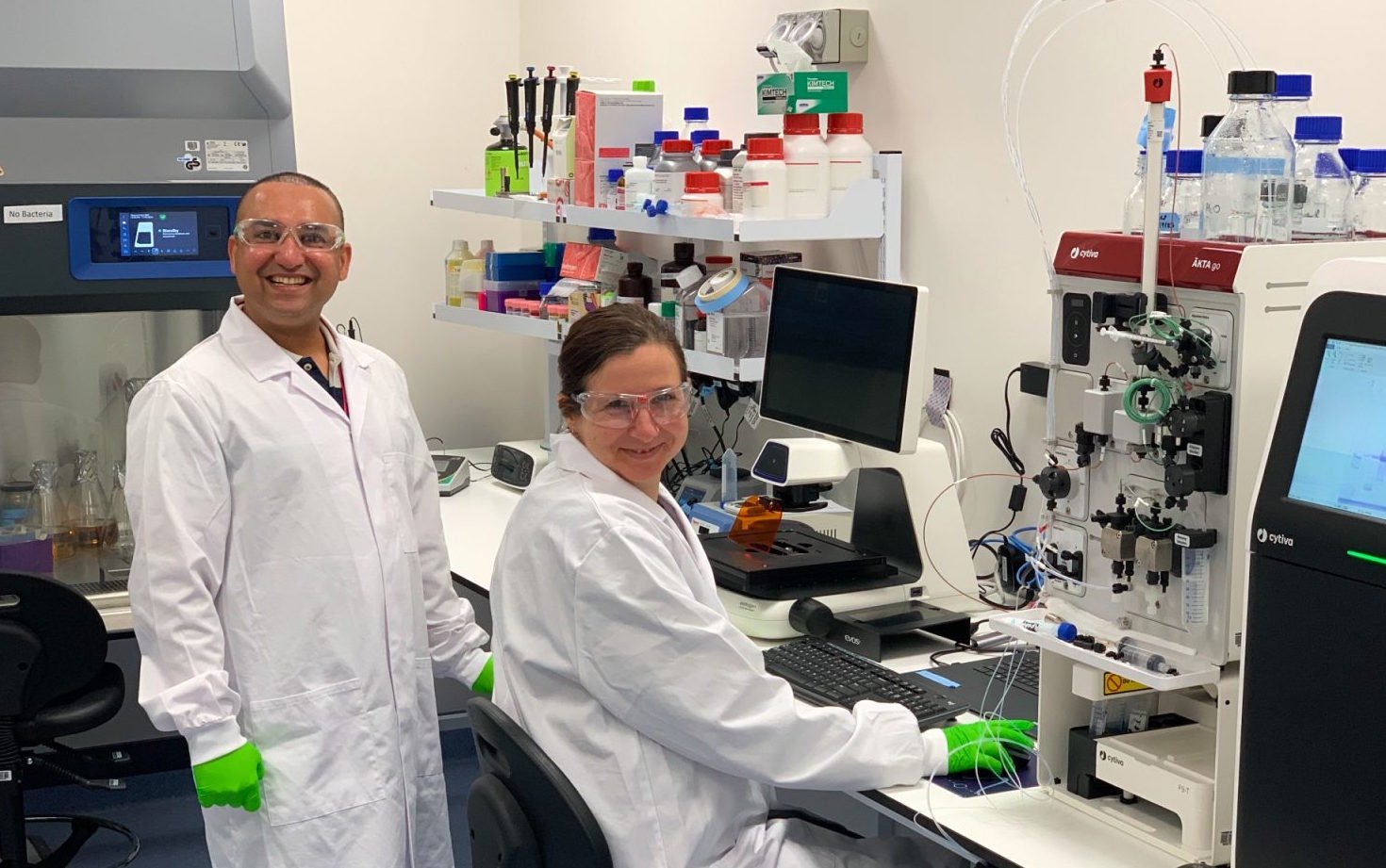Getting the Science Right: Talent Acquisition Strategies in Life Sciences
22 May 2023 | Analysis
By Doug Terry, Vice President - Client Services, Operations, Cielo

Growth and innovation in the global life sciences industry has analysts predicting the market size will increase by close to 12% from 2022 to 2028. While the market in Asia Pacific is developing rapidly, fluctuating hiring markets have left life sciences firms looking for new approaches and novel methods to attract and retain talent. With tightening labor markets and a potentially looming economic recession, organizations are being cautious on decisions pertaining to hiring or building talent within.
So, what are some strategies that talent acquisition (TA) teams can adopt to increase their chances of hiring the right talent? Some of the tips include:
Prioritize DEI strategies
Diversity, equity, and inclusion (DEI) should remain a business priority for life sciences firms. Having clearly defined DEI goals and charting how to achieve them will be crucial. TA teams can help life sciences firms’ diversity programs by giving strategic counsel and advice on how to make DEI goals a reality. Success also depends on educating and training the hiring managers, recruiters, and other TA professionals on how to handle delicate situations and recognize unconscious bias. Interestingly, 34% of TA leaders say their company ties leadership bonuses to meeting diversity goals in addition to holding recruiting managers and recruiters accountable for hitting DEI targets.
Shift to skills-based hiring
Organizations adopting skills-based recruitment are witnessing better business results as against those who continue hiring based on traditional qualifications and requirements. Life sciences companies are on the cusp of new talent acquisition strategy adoption — and lead in the shift to skills-based hiring.
For specialized technical roles, such as research and development, skills-based hiring expands the talent pool, speeds up recruitment, and increases opportunities to hire candidates from diverse backgrounds.
Key approaches which can be considered include: Ensuring to include specific skills needed in a role along with leverage tests to evaluate hard skills and innovative soft skills assessments instead of looking at education and work experience
Invest in internal mobility
Understanding the needs of your employees and investing in HR technology that can uncover data, will create robust employee profiles and give them clear career pathways within the organization. By focusing on learning and development, firms can build a strong, strategic employee development program. Connecting skill building to career pathing and implementing internal mobility and promotion opportunities within the organization also boosts employee retention. Educating and training managers on how to identify and create chances for internal mobility within the business can be useful.
Review and enhance your EVP
Life sciences talent has always come at a premium, and the current market conditions make it even more important for employers to have an employee value proposition (EVP) that resonates with employees and candidates. Today, individuals pursuing careers in the field place greater importance on finding employers who are purpose-led and people-oriented. It is essential that organizations review and elevate their EVP both internally and externally. To do this effectively, you would need the support from committed leaders from across the business.
Educating and raising awareness on the significance of utilizing EVP strategies and communicating it to each business team would help encourage leaders to be role models. Updating the career website, job descriptions, while regularly reviewing your EVP, to ensure relevance to both employees and candidates is essential. Moreover, its is important to localize EVP for it to resonate with staff and potential employees in any given market. This can include local imagery, stories and messaging that is tailored to the local market and can vary greatly across a diverse region like Asia Pacific, as it can across the globe.
Upping the resilience quotient among employees
Like other industries, life sciences has undergone an immense change over the last couple of years. Many employees are still keen to keep the work arrangement flexibility that they gained from 2020. Think about what your company can do to help employees become more resilient in an ever-changing environment. There are several ways like maintaining flexible work models – whether hybrid work or flexible options, or testing out a four-day workweek. Whatever the changes may be, having an avenue for employees to provide feedback is important, as well as listening to it - this would engage, involve, and empower your employees in your business’s decision-making process.
Whether it’s the tight labor market, workplace flexibility or raising resilience among employees, whatever the scenario is, it is paramount that life sciences firms highly differentiate themselves from competitors to successfully acquire the top talent in the field. Today, organizations can benefit by leveraging the capabilities of external strategic partners – ensuring they have the right solutions to attract and retain the brightest talent and enable them to get ahead of the trends.
Author: Doug Terry, Vice President - Client Services, Operations, Cielo












